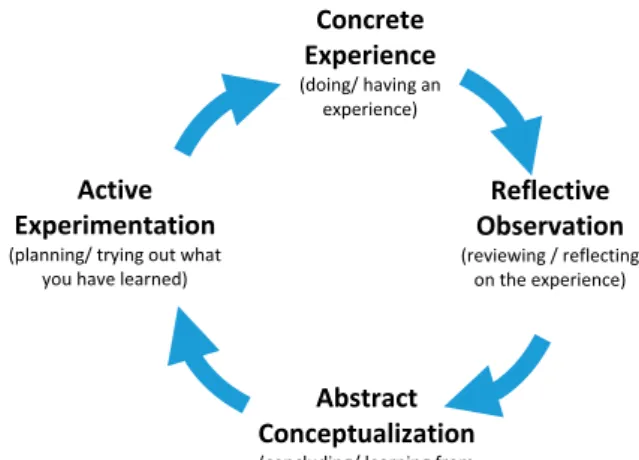Full Terms & Conditions of access and use can be found at
https://www.tandfonline.com/action/journalInformation?journalCode=tjri20
ISSN: (Print) (Online) Journal homepage: https://www.tandfonline.com/loi/tjri20Social labs as an inclusive methodology to
implement and study social change: the case of responsible research and innovation
Job Timmermans , Vincent Blok , Robert Braun , Renate Wesselink & Rasmus Øjvind Nielsen
To cite this article: Job Timmermans , Vincent Blok , Robert Braun , Renate Wesselink & Rasmus Øjvind Nielsen (2020): Social labs as an inclusive methodology to implement and study social change: the case of responsible research and innovation, Journal of Responsible Innovation, DOI:
10.1080/23299460.2020.1787751
To link to this article: https://doi.org/10.1080/23299460.2020.1787751
© 2020 The Author(s). Published by Informa UK Limited, trading as Taylor & Francis Group
Published online: 03 Jul 2020.
Submit your article to this journal
Article views: 26
View related articles
View Crossmark data
RESEARCH ARTICLE
Social labs as an inclusive methodology to implement and study social change: the case of responsible research and innovation
Job Timmermans
a, Vincent Blok
b, Robert Braun
c, Renate Wesselink
band Rasmus Øjvind Nielsen
da
Faculty of Military Sciences, Netherlands Defense Academy, Breda, the Netherlands;
bSocial Sciences Group, Wageningen University, Wageningen, the Netherlands;
cInstitut For Advanced Studies Vienna, Vienna, Austria;
dDepartment of Social Sciences and Business, Roskilde University, Roskilde, Denmark
ABSTRACT
The embedding and promotion of social change is faced with a paradoxical challenge. In order to mainstream an approach to social change such as responsible research and innovation (RRI) and make it into a practical reality rather than an abstract ideal, we need to have conceptual clarity and empirical evidence. But, in order to be able to gather empirical evidence, we have to presuppose that the approach already exists in practice. This paper proposes a social lab methodology that is suited to deal with this circularity. The methodology combines the de fi ning features of social labs emerging from the literature such as agility and real-world focus with established theories and approaches such as action research and experiential learning. Thereby it enables the parallel investigation and propagation of RRI. The framework thus constructed provides a theoretical embedding of social labs and overcomes some of the known limitations of the constitutive approaches.
ARTICLE HISTORY Received 3 July 2019 Accepted 22 June 2020 KEYWORDS Responsible innovation;
social lab; hermeneutics;
research methodology;
emerging social phenomena
Introduction
Over the last decade, responsible research and innovation (RRI) increasingly has received attention in both the realm of research and innovation (R&I) policy (European Commission 2017a; Geoghegan-Quinn 2012) and academic research (Timmermans and Blok 2018). RRI has been de fi ned as ‘ societal actors (researchers, citizens, policymakers, business, third sector organizations, etc.) work[ing] together during the whole research and innovation process in order to better align both the process and its outcomes with the values, needs and expec- tations of society’ (European Commission 2015). Despite this attention, the embedding of RRI across R&I practices is still lacking (see, for example, European Commission 2017b, 65). Apart from frontrunners at the national level such as the Responsible Innovation (MVI) programme by the Dutch research council (NWO 2016), the Research for innovation
© 2020 The Author(s). Published by Informa UK Limited, trading as Taylor & Francis Group
This is an Open Access article distributed under the terms of the Creative Commons Attribution-NonCommercial-NoDerivatives License (http://creativecommons.org/licenses/by-nc-nd/4.0/), which permits non-commercial re-use, distribution, and reproduction in any medium, provided the original work is properly cited, and is not altered, transformed, or built upon in any way.
CONTACTVincent Blok vincent.blok@wur.nl Philosophy Group, Wageningen University, Hollandseweg 1, 6707 KN, Wageningen, The Netherlands
